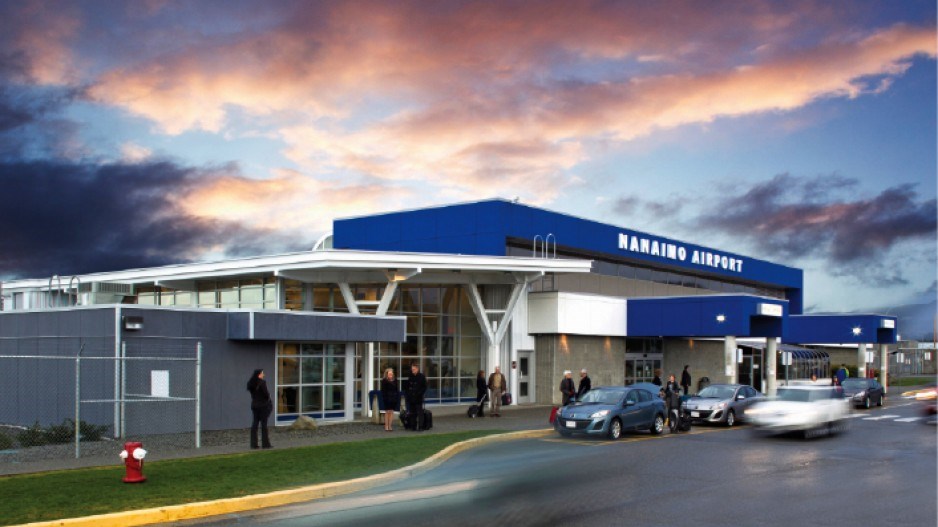Because B.C.’s regional airports are increasingly able to service larger planes and land them reliably in poor weather, more flights are being scheduled between smaller B.C. communities and major centres and opening up business access across the province.
WestJet Airlines Ltd. (TSX:WJA) launched daily flights between Nanaimo Airport and Calgary International Airport in June through its regional WestJet Encore subsidiary with planes carrying 78 passengers.
WestJet Encore simultaneously launched direct daily flights between Fort St. John’s North Peace Regional Airport and Calgary and between Fort St. John and Vancouver International Airport.
Last December, United Continental Holdings Inc. (NYSE:UAL) launched daily flights between Kelowna and Los Angeles International Airport. The move followed WestJet’s launch of weekly ski-season flights between Kelowna and L.A. the previous month.
“There is so much to attract from L.A. because there is a community of interest in animation and technology and innovation,” Kelowna mayor Walter Gray told Business in Vancouver. “[Walt] Disney [Co.] (NYSE:DIS) is growing in Kelowna and other companies are coming.”
Burbank-based Disney paid $350 million in 2007 to buy the Kelowna-founded virtual reality game Club Penguin and has several hundred staff in the Kelowna area.
Michael Ballingall, who is senior vice-president at Big White Ski Resort and at Silver Star resort, added that the flights are great for his resort.
Upgrades and expansions have been key to getting new regional flights.
Kelowna International Airport – B.C.’s third-largest airport – is in the midst of a $50 million expansion.
Transport Canada has pumped $92 million into capital and safety improvement projects at B.C.’s regional airports since 2003. The B.C. government has invested $66.3 million in 38 airports throughout the province in the past decade.
Last year, Nanaimo Airport completed a $10.3 million upgrade that followed a $16.4 million upgrade in 2009. About $17.8 million, or two-thirds of that money, came from the federal and provincial governments, including the B.C. government’s Island Coastal Economic Trust.
Nanaimo’s upgrades included a terminal expansion, extra parking for planes and travellers and an instrument landing system that significantly improved the airport’s ability to land planes in poor weather, Nanaimo Airport CEO Mike Hooper told Business in Vancouver.
“We’ve gone from having a 74% reliability rate in the winter months before 2009 to having a 99% reliability year-round,” he said. “That was key in helping us attract new flights.”
New WestJet flights helped the Nanaimo airport attract 33% more passengers in July than it did in the same month in 2012.
Hooper said the added flights will make Nanaimo more attractive for business.
Not all airports that have attracted new flights are as dependent on government funding. Fort St. John Airport, for example, has financed most of its improvements through user fees, said its managing director Moira Green.
The Fort St. John airport is owned by the North Peace Airport Society (NPAS), which is made up of the City of Fort St. John, the districts of Hudson’s Hope and Taylor and the Peace River Regional District’s areas B and C.
“The NPAS collects the airport improvement fee from everyone who uses the airport. That’s how we’re funding our expansion,” Green said.
“In the northeast we are very self-sufficient folks.”
Green believes the airport expansion is key to B.C.’s economic future.
“The northeast is a key economic driver for the province of B.C. and, as such, is providing the economic stimulus and the natural gas to drive the liquid natural gas [LNG] business in this province,” she said.
“We have a thriving agricultural sector, hydroelectric projects, wind projects and about eight coal mines. The airport is the portal to industry in this region.” •




